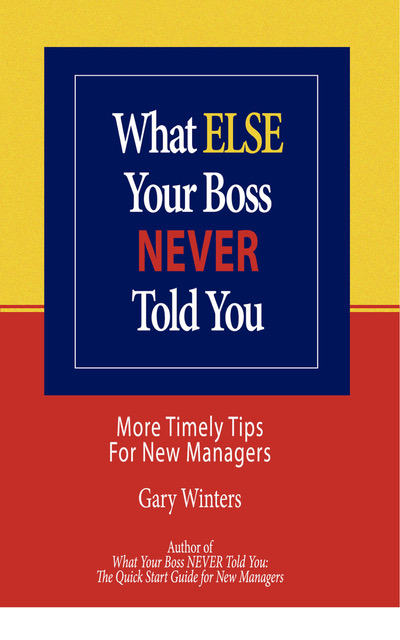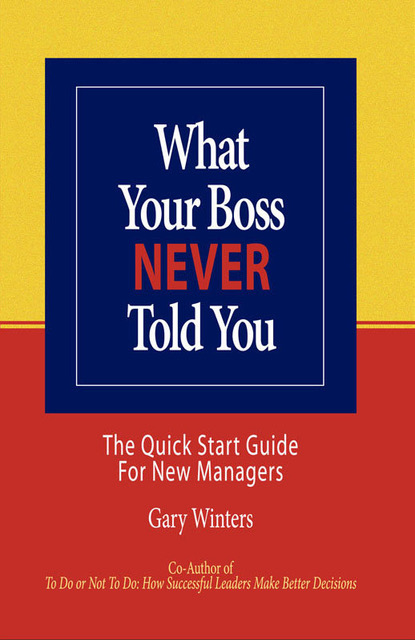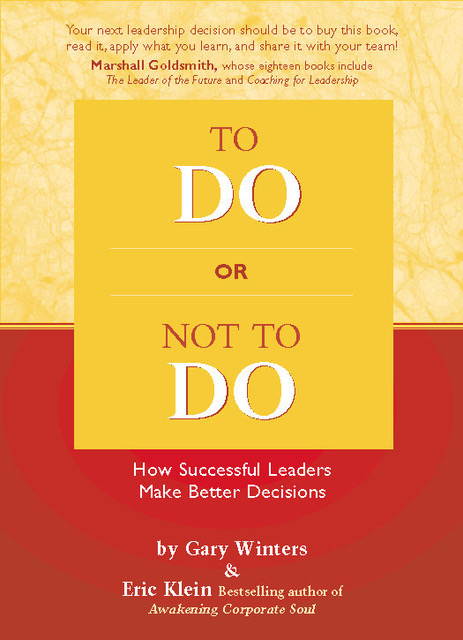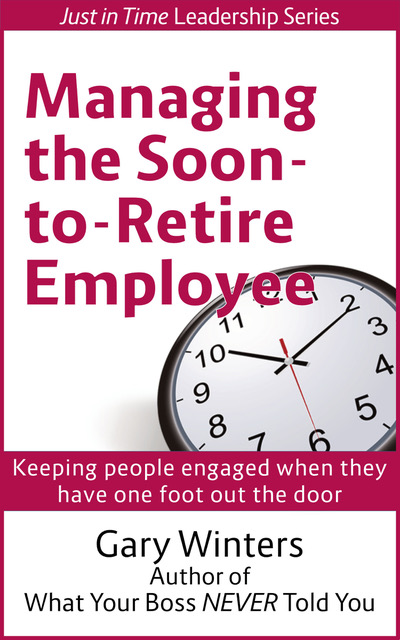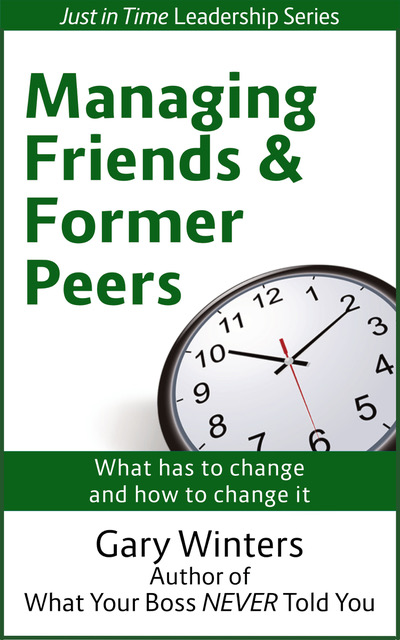 “What the caterpillar calls the end of the world, the master calls a butterfly.” – Richard Bach
“What the caterpillar calls the end of the world, the master calls a butterfly.” – Richard Bach
There’s a particular management challenge that’s rarely discussed but increasingly important, and I’m making it the subject of the next book in my Just In TimeLeadership Series. It’s about Managing the Soon to Retire Employee.
As of 2012, 10,000 Americans reach age 65 every day, and of them, 6,000 retire at that time. Since we’re all going to retire sooner or later (assuming we live to retirement age), I call folks who’ve announced their plans to retire within the next three years or less “Sooners,” and everyone else “Laters.” This will be a book about managing Sooners.
Why are Sooners special, and why do managers need to think carefully about how they’re managing them?
Sooners are different from other employees
- They’re at the end of their career. They’ve achieved most of what they’re going to achieve professionally.
- Unlike others, Sooners are shifting their focus from their work and career to the next phase of their life.
- During this shift, Sooners may not seem like their “usual self.”
- They’re often accused of being resistant to change.
- They’re likely to be older than many, if not most, of their colleagues (and, perhaps, their manager).
The Sooner’s transition process is different from that of other employees.
Most managers have experienced “regular” employees in transition – from the new employee becoming a member of the team, to the one who’s been promoted, to the employee who’s getting married or divorced, to the employee who’s transferred and adjusting to a new supervisor. All of these are times of transition, which, as William Bridges teaches in his book Managing Transitions – Making the Most of Change, have three phases – Endings and Letting Go, the Neutral Zone, and New Beginnings.
The transition from employee to retiree contrasts with these in several ways:
- It usually takes longer.
- It involves a complete “re-invention” of the self, including letting go of one’s professional identity
- Most importantly, as far as the manager is concerned, the transition is completed after belonging to the organization.
Not all Sooners are “problem employees,” but when they are, it can be very challenging!
Most so-called problem employees can be turned around with an assortment of classic management tools, including the Performance Improvement Plan, which includes consequences for not improving performance. The PIP is useless with a Sooner, who would likely react “What are you going to do if my performance doesn’t improve? Fire me? Ha!”
The manager of a Sooner must put away his/her hammers, and find another, more positive approach.
Whether a Sooner is a genuine problem employee, or a person who is simply going through a difficult time, or is a steady performer who will be greatly missed after retirement, managers need to understand the dynamics of the transition, and the approaches to leading Sooners that have been proven effective.
I invite you to engage in a conversation about your experience managing – or being – a Sooner in the comments section below.

